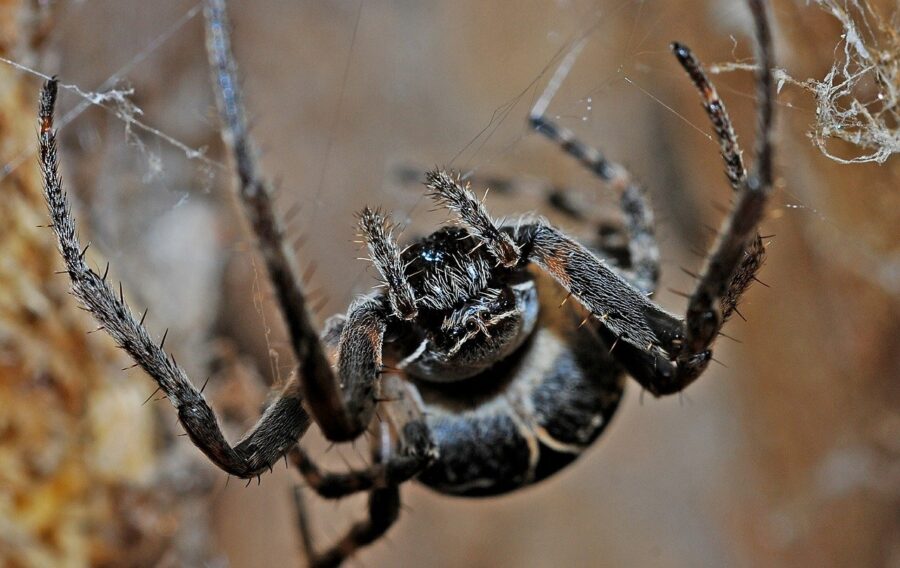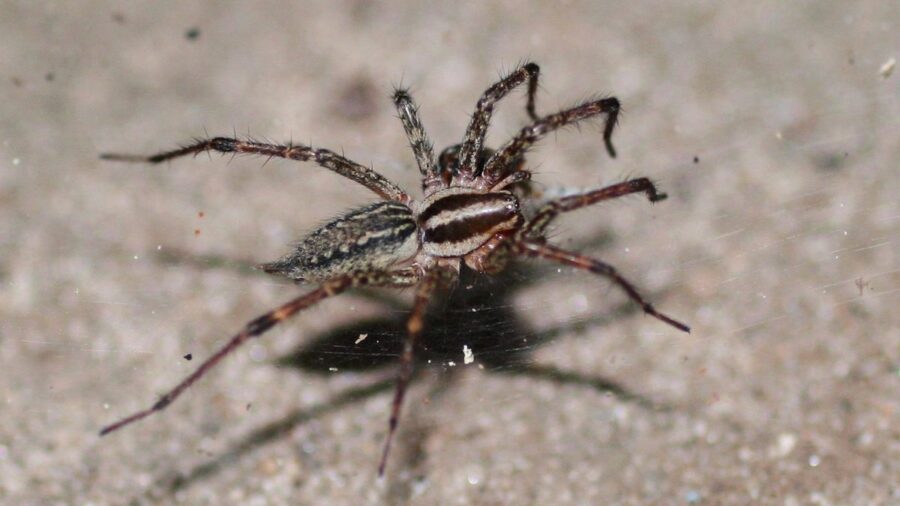Spiders Are Evolving, Here’s What This Terrifying News Means
Researchers have found funnel web spiders living within the same cave system have different levels of blindness based on how close they live to the entrance.

Evolution is a process that can take many years, and it’s always interesting to hear when a species changes to adapt to its environment. Newsweek recently reported on research in the Molecular Phylogenetics and Evolution journal, where ecologists have observed species of funnel web spiders in Isreal’s caves in various stages of blindness. Out of the species they observed, five of the species were semi-blind with reduced eyes, and two species were completely blind.
What’s even more interesting is that numerous species of funnel web spiders could be found in each cave, and the species would get progressively more blind the deeper they went into the cave. Species outside the caves were found to have normal eyes and eyesight still, while species in the dark portions or the twilight portions would have semi-reduced eyesight or total loss of eyesight. Since these animals live in pure darkness, it would make sense that the species has gradually evolved to lose eyesight over time.
These spiders are hardly the only cave-dwelling species to leave eyesight behind in the gene pool. Eyesight uses energy, so it would make little sense for these species to continue to be born with their eyes and waste metabolic resources in the process. Instead, they have other evolutionary advantages suited to their environment to help them catch food and avoid predators.
Another interesting tidbit the researchers observed was the lack of mingling between the spiders found in the deep parts of the cave and the outside-dwelling species. Even though these two lived in relatively close quarters, the cave-dwellers could not survive in the lit section of the cave and thus didn’t mate with each other. This would also explain why the blindness and semi-blindness traits were able to propagate continually in the observed species.

In fact, the researchers noted that the blind spiders were more closely related to a species in the Mediterranean than the cave entrance spiders they lived close to in Israel. This led the researchers to theorize that the semi-blind and fully-blind species had a common ancestor. Another suggestion was that the deep-cave species and the species in the entrance were from separate populations.
One possible reason that the cave-dwelling species are different from the spiders at the entrance could be due to a climate change-induced extinction event. The researchers pointed to a Pliocene era extinction event from around five million years ago that left the original ancestor species extinct outside of the cave, with the deep-cave dwelling species the only remnants. Extinction events often lead to rapid speciation due to the increase in available resources to the surviving species.
Although extinction events typically wipe out many species, the leftover species can thrive, and populations typically separate and spread out. With these populations separated from the original species, they begin to produce new populations and create brand new species. Perhaps this is what happened with these cave-dwelling spiders, but there’s sure to be more research as they continue to observe these species.












